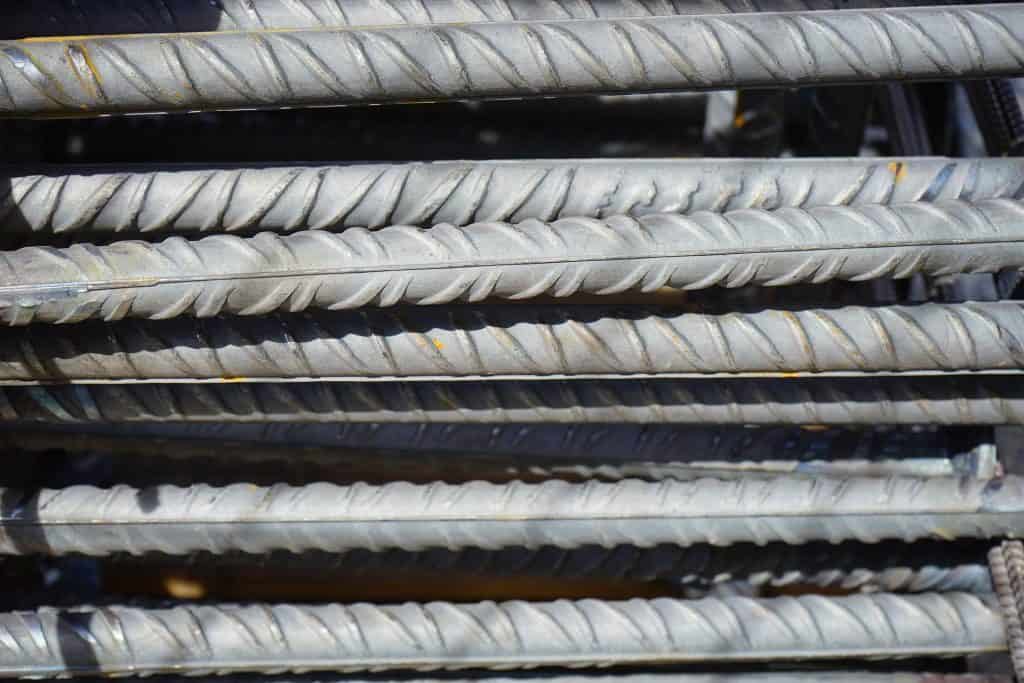Metals are essential elements with unique properties that make them invaluable across various industries.
They are excellent conductors of electricity and heat, form positive ions (cations), and create ionic bonds with non-metals. These characteristics make metals crucial in everything from construction to electronics.
Let’s get straight to the point
Metals are vital due to their unique properties like conductivity, malleability, ductility, and toughness, making them essential across industries such as construction, electronics, and aerospace.
Their ability to form alloys enhances these properties, expanding their applications.
Key mechanical properties like hardness, elasticity, and fusibility contribute to their versatility, while precious metals like gold, silver, and platinum are valued for their low reactivity and specialised uses.
Alloys like steel, aluminium, and titanium further improve strength, durability, and resistance to corrosion, making metals indispensable in modern technology and infrastructure.

What Makes Metals Conductive?
Metals are generally found in the middle of the periodic table, particularly among the alkali metals in groups IA and IIA. Transition metals and primary metals also exhibit significant metallic properties.
A key feature of metals is their solid and shiny nature at room temperature, except for mercury, which is liquid. Their high melting points and densities are due to their tightly packed crystal lattice structures.
This structure allows metals to conduct electricity and heat efficiently, as the free movement of valence electrons facilitates the flow of energy.
Which Mechanical Properties Make Metals Useful?
Metals have several mechanical properties that are vital for industrial applications, particularly in fields like aviation.
Understanding these properties is crucial for effectively using metals in various contexts.
- Hardness: The ability of a metal to resist deformation when hammered, cut, or scratched. This property is essential for metals used in construction and manufacturing.
- Brittleness: This property refers to a metal’s tendency to crack or break without significant deformation. Metals that are too brittle are not ideal for load-bearing applications.
- Malleability: Malleable metals can be shaped into thin sheets without breaking, making them suitable for creating various components like aircraft skins.
- Ductility: Ductile metals can be drawn into wires or twisted without breaking. This property is essential for making wires and other flexible components.
- Elasticity: Elasticity allows metals to return to their original shape after being deformed, which is crucial in applications where materials are subjected to varying loads.
- Toughness: Tough metals can absorb energy and resist fracture, making them ideal for high-stress applications.
Why Are Density and Fusibility Important in Metals?
The density of a metal is its mass per unit volume, which is critical in weight-sensitive industries like aerospace.
Metals generally have higher densities than non-metals, which influences their use in different applications.
Fusibility, the ability of a metal to melt into a liquid at high temperatures, is vital in welding processes.
Metals with the right fusibility can be welded together to form strong joints, which is essential in construction and manufacturing.
How Do Alloys Enhance Metal Properties?
Alloys are combinations of metals with other elements to create materials with enhanced properties.
Pure metals are often too brittle or reactive for practical use, so they are alloyed to improve strength, durability, and resistance to corrosion.
- Steel and Stainless Steel: Known for their strength and versatility, these alloys are used in construction, medical instruments, and more.
- Aluminium Alloys: Lightweight and corrosion-resistant, aluminium alloys are widely used in aerospace and automotive industries.
- Titanium Alloys: These are used in jet engines and medical implants due to their high strength-to-weight ratio and corrosion resistance.
- Copper Alloys: Alloys like bronze and brass are durable and corrosion-resistant, making them ideal for plumbing and electrical components.

What Are the Uses of Precious Metals?
Precious metals like gold, silver, and platinum have lower reactivity and are primarily used in investments and consumer goods.
- Gold: Valued for its conductivity and resistance to corrosion, gold is used in electronics and jewellery.
- Silver: Known for its electrical conductivity, silver is used in jewellery, currency, and various industrial applications.
- Platinum: Platinum is used in catalytic converters and other applications requiring high durability and resistance to corrosion.
Conclusion
Metals are indispensable due to their unique properties, such as conductivity, ductility, malleability, and toughness.
These characteristics make them essential in a wide range of industries, from aerospace to electronics.
Alloys further enhance these properties, expanding the applications and usefulness of metals in modern technology and infrastructure.
Frequently Asked Questions
Metals are very useful materials. Metals have many properties, such as strength, toughness, and stiffness. When heated, metals can be shaped into anything from a tiny paperclip to a huge aircraft. They are also good conductors of electricity and heat, which makes them useful for electrics and cooking pans.
For jewellery and ornaments, gold, platinum and silver are being used. For building purposes, iron and steel can be used. Iron and aluminium are used as utensils. The thermometer uses mercury and helps to monitor the temperature.
Metals play very important roles in human life. Their absence may lead to several diseases in human body. Metals have also been exploited to design therapeutically useful drugs against several diseases like cancer, arthritis, ulcer, etc. Metals present in enzymes strongly facilitate their catalytic reaction.
With over 3500 different grades and almost 2 billion tons of steel manufactured globally each year, steel is the most commonly used metal in the world.
The first step in metal alloy manufacturing is extracting the raw ore from the ground. The ore is then processed to remove non-metal material, such as rock and debris. Metal alloys are then created by melting different metal substances and mixing them.

